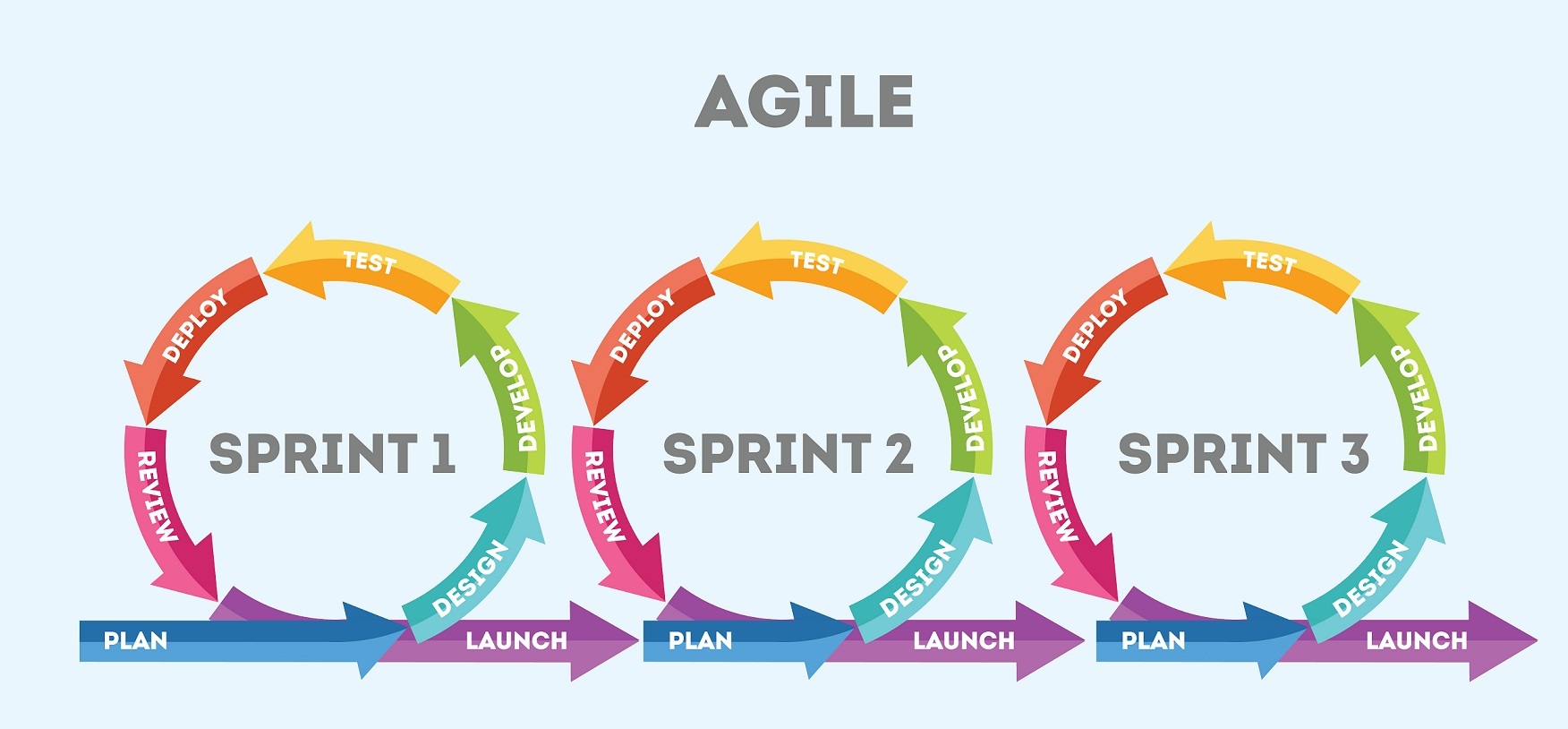
What Does Kanban Board Mean for Agile Teams and Projects?
The Kanban methodology is something that has become more widely used in a variety of industries in recent years, but what does Kanban board mean for Agile teams and projects? Let’s take a look at how this way of managing tasks and projects can be used to make the Agile approach even better.
What Does the Kanban Methodology Involve?
When we look at the history of Kanban boards and processes, we can see that it all began in the manufacturing world. Toyota was the first company to introduce this sort of workflow process, as production-control expert Taiichi Ohno is credited with creating it for them in the mid-20th century. The initial idea behind this way of working was to control the production line. It was a need to make it more efficient and to reduce waste to a minimum.
Workers can see at all times where items are in the production stage. Whether bottlenecks are forming in a particular area of the team. It remains popular in manufacturing but has entered industries as varied as software development, healthcare, and fashion suppliers, among others.
This is a method that allows for visualisation of the workflow. It used to simply involve sticky notes placed on the wall, to show at a glance how the tasks moved through the team. What does Kanban board mean in the modern workplace that uses digital technology, though? The arrival of online tools has allowed teams to use the same approach. But with the board visible online to everyone, even those who work remotely.
How Does It Work?
The Kanban process typically uses just a few columns, with titles like ‘to do’, ‘in progress’, and ‘done’ above them. Each task goes across the board as it passes from one phase to the next. Naturally, every team chooses the headings that they want to use to keep track of their processes depending upon the exact tasks involved in them.
As mentioned, this was in the past using a physical board with sticky notes that moved across it. While this process can still be done on a manual basis, the increase of remote teams and online productivity has led to growing demand for online Kanban boards. It can be accessed from anywhere in the world when needed.
This move to online Kanban boards has made the methodology more accessible. It allowed developers to add useful new features such as permission settings and linked boards. Yet, the overall idea of how they work remains the same as it’s always been. This means that it remains very simple to use and fits effortlessly into virtually any kind of team.
How Does the Kanban Methodology Relate to Agile?
The key question now is what does Kanban board mean for Agile users. Can these teams carry on using their Agile processes while adding a Kanban board to their list of tools? Or do they need to make any sort of significant change to their processes? The answer is that this workflow approach can be added to Agile teams of projects very easily.
The first point to consider here is that the tools you use when working on an Agile basis need to be slick enough to let you adapt to changing circumstances and requirements. There is no need to plan far ahead with Agile, but you still need to see how the work is going at a glance and at any time. The Kanban methodology fits easily into this approach.
It’s worth remembering that Agile projects don’t need the same amount of advanced, in-depth planning as traditional projects do. They are carried out in short bursts known as sprints rather than one big plan that looks far ahead, which means that project management tools need to fit this approach. The degree of planning needed is suitable for the Kanban approach.

A final point to take into account is that Agile work is highly adaptive. Client feedback is sought regularly to help plan the way ahead. The use of a Kanban board gives you the flexibility needed to change things rapidly according to what is going on in the piece of work.
The Key Advantages of Using a Kanban Board for Agile
In terms of the main reasons for using this method, it certainly gives a highly-organised way of visualising the work in progress. If the team splits over several locations, everyone can see what is going on. It greatly reduces the risks of tasks being missed or being carried out twice by different people.
The simple, easily repeatable process of setting up and then managing a Kanban board means that it can operate again and again on different pieces of work. With the fact that Agile projects move so quickly, it’s easy to see why having this sort of tool ready to use at short notice is so vital.
Overall, we can say that the simple way of operating a Kanban board fits in perfectly with the principles of Agile very well. What does Kanban board mean in terms of the team organising their tasks? Well, type of project needs the workers to be self-organised. The fact that everyone can see exactly what is going on thanks to the board makes this a lot easier to carry out.
Kanbanchi in an Agile Setting
The move away from manual boards with sticky notes has allowed us to introduce the Kanban methodology to Agile teams even very easily. A great example of how this works is with the online Kanbanchi tool. It smoothly integrates with Google Workspace to let you manage your tasks without disrupting the existing processes.
Since it fits in so well with Workspace, Kanbanchi is ideal for the sort of Agile team that works on a remote basis across the planet. There’s also no steep learning curve since the setup is so similar to the familiar Google tools. Try Kanbanchi and you’ll discover a simple, effective way of managing the tasks on your Agile projects.
